Safety Group to Senate: Clue in to the 'Baseless and Exaggerated Predictions' Swirling Around Autonomous Vehicles

Last year, the National Highway Traffic Safety Administration embraced autonomous technology by redefining how it categorized cars. Spurred by automakers and tech companies, the government has opened its eyes to this new technology and seen it as a way to potentially save lives by reducing the number of roadway accidents caused by human error.
Congress has been confronted with numerous pieces of legislation on the matter, too — prospective laws that would allow automakers to put hundreds of thousands of autonomous vehicles on the street, without the need to adhere to existing safety regulations. Many have called the move necessary if the United States hopes to be the first country to produce a truly self-driving car and start saving some lives.
It sounds almost too good to be true, and some claim it actually is. A group of public interest organizations is attempting to sound the bullshit alarm, claiming automakers are misleading government officials in the hopes of developing and profiting from unproven technology.
In a letter to Senate Majority Leader Mitch McConnell and Democratic leader Charles Schumer, the coalition voiced its strong objection to the lack of safety protections in the Senate driverless car legislation (AV START Act, S. 1885), asking lawmakers to chill out on any new legislation until they’ve taken a long, hard look at autonomous vehicle technology.
“Baseless and exaggerated predictions about the readiness and reliability of driverless car technology are propelling legislation that significantly strips the current federal regulatory system of its appropriate authority and oversight thereby endangering the safety of everyone — both motorists and non-motorists,” the letter read.
The coalition, which is associated with Advocates for Highway & Auto Safety, is comprised of 27 groups representing public health and safety, bicyclists, pedestrians, consumers activists, environmental interests, disability communities, fire and rescue responders, law enforcement, and the families of autonomous crash victims.
“The legislation attempts to solve a ‘problem’ that doesn’t exist. The deployment of driverless cars is not impeded by regulatory requirements,” the letter continues. “Rather, the industry is faced with the complex challenge of developing driverless technologies and solving a myriad of operational problems including weather, traffic signals, and cybersecurity, among others. Additionally, experts have identified the difficult and potentially fatal flaw of autonomous vehicle technology to accurately detect and react to bicyclists on the road.”
It goes on to cite a handful of incidents where existing autonomous tech caused accidents and cited numerous examples suggesting development isn’t nearly as far along as automakers want the public to believe. There’s also a list of demands for ensuring the safe deployment of these vehicles.
Under current laws, manufacturers can petition for permission to sell up to 2,500 safety-exempt cars per year for two years. However, the AV START Act would allow the Department of Transportation to up that figure to 80,000 vehicles per manufacturer after three years, including vehicles that could be sold to the public.
One of the safety coalition’s demands centers around this. The group urges lawmakers to reduce the number of vehicles exempted from safety standards. It also wants Section 7 omitted from the bill, which allows AV manufacturers to turn off vehicle systems at their discretion, including the steering wheel and brakes.
The group also asked Congress to establish a minimum performance standard for autonomous vehicles to adhere to, ensure states have the rights to protect their own citizens, ensure adequate consumer information on the subject, provide the NHTSA with the resources and tools it needs to effectively do its job, and incorporate Level 2 autonomy in critical safety provisions.
“We urge you to disregard the industry’s artificial urgency about eliminating what they label as ‘regulatory roadblocks’ and allow time to make needed improvements to the AV START Act. These changes will not prevent the deployment of driverless cars in any way, but they will prevent major mistakes that could result in flawed decision-making, faulty technology, avoidable fatalities and public rejection.”
[Image: Toyota Research Institute]

A staunch consumer advocate tracking industry trends and regulation. Before joining TTAC, Matt spent a decade working for marketing and research firms based in NYC. Clients included several of the world’s largest automakers, global tire brands, and aftermarket part suppliers. Dissatisfied with the corporate world and resentful of having to wear suits everyday, he pivoted to writing about cars. Since then, that man has become an ardent supporter of the right-to-repair movement, been interviewed on the auto industry by national radio broadcasts, driven more rental cars than anyone ever should, participated in amateur rallying events, and received the requisite minimum training as sanctioned by the SCCA. Handy with a wrench, Matt grew up surrounded by Detroit auto workers and managed to get a pizza delivery job before he was legally eligible. He later found himself driving box trucks through Manhattan, guaranteeing future sympathy for actual truckers. He continues to conduct research pertaining to the automotive sector as an independent contractor and has since moved back to his native Michigan, closer to where the cars are born. A contrarian, Matt claims to prefer understeer — stating that front and all-wheel drive vehicles cater best to his driving style.
More by Matt Posky
Latest Car Reviews
Read moreLatest Product Reviews
Read moreRecent Comments
- 3-On-The-Tree My 2009 C6 corvette in black looks great when it’s all washed and waxed but after driving down my 1.3 mile long dirt road it’s a dust magnet. I like white because dust doesn’t how up easily. Both my current 2021 Tundra and previous 2014 Ford F-150 3.5L Ecobomb are white
- Bd2 Would be sweet on a Telluride.
- Luke42 When will they release a Gladiator 4xe?I don’t care what color it is, but I do care about being able to plug it in.
- Bd2 As I have posited here numerous times; the Hyundai Pony Coupe of 1974 was the most influential sports and, later on, supercar template. This Toyota is a prime example of Hyundai's primal influence upon the design industry. Just look at the years, 1976 > 1974, so the numbers bear Hyundai out and this Toyota is the copy.
- MaintenanceCosts Two of my four cars currently have tires that have remaining tread life but 2017 date codes. Time for a tire-stravaganza pretty soon.



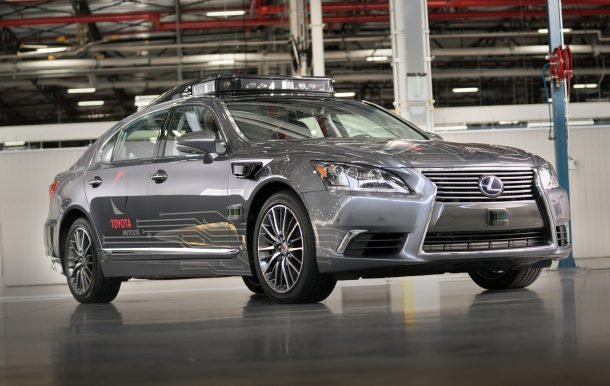














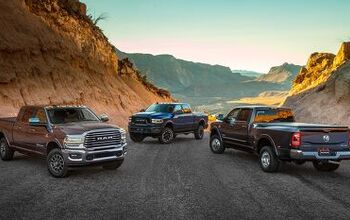



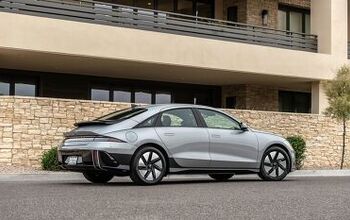
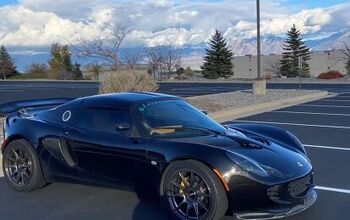
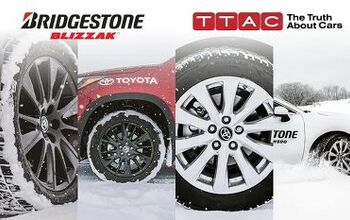
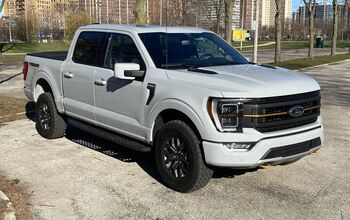



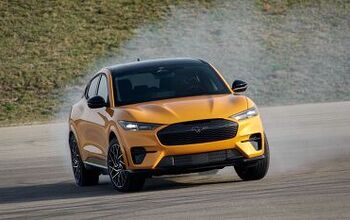

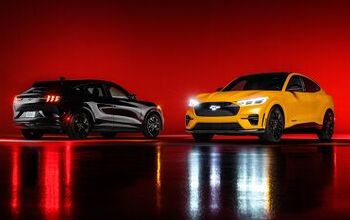
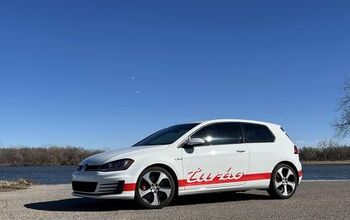

Comments
Join the conversation
Well, we all know that consumer-grade computer hardware or software never fails, so we can all rest easy. Personally, I am all in favor of autonomous vehicles, but only if they are required to be painted with diagonal black and yellow stripes and carry a rotating red beacon on top. Why has no one (but me) proposed this?
Well, we all know that consumer-grade computer hardware or software never fails, so we can all rest easy. Personally, I am all in favor of autonomous vehicles, but only if they are required to be painted with diagonal black and yellow stripes and carry a rotating red beacon on top. Why has no one (but me) proposed this? That's how AGVs in factories are typically set up.